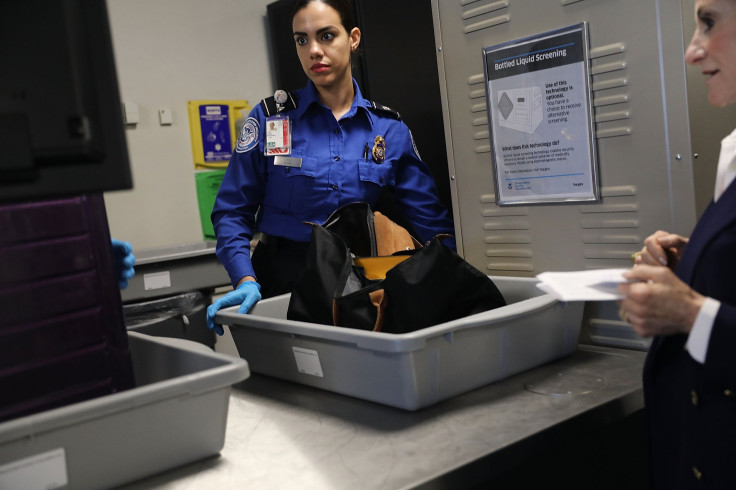TSA Fails 80 Percent Of Undercover Screening Tests, Seeks 3D Scanners

The Transportation Security Administration fails an overwhelming amount of undercover tests, with screening checkpoints unable to stop potentially deadly materials from making it onto planes around 80 percent of the time.
According to an unreleased and classified report, recent undercover tests conducted by the Department of Homeland Security at several U.S. airport security checkpoints found that the federally employed screeners and their equipment failed to identify dangerous materials more than half of the time, unnamed sources tell ABC News. The same source familiar with the classified government report said that an 80 percent failure rate was “in the ballpark” of how poorly the agency is performing.
After a classified briefing to the House Committee on Homeland Security, several members of Congress admonished the failures of the TSA as “disturbing. Rep. Mike Rogers, R-Mich., told TSA Administrator David Pekoske, “This agency that you run is broken badly and it needs your attention.”
This comes as the TSA released its weekly findings at airports across the country, with 82 firearms having been confiscated from carry-on bags. Of the 82 firearms discovered this week by TSA screenings, 74 of the firearms were loaded and 31 had a round chambered and ready to fire. Travelers who are identified for bringing guns of any kind to the checkpoint can be arrested and fined up to $11,000.
Despite TSA’s incredibly poor evaluation on the undercover tests this year, in 2015, DHS found that the agency failed 95 percent of tests aimed at stopping covert inspectors from smuggling weapons, explosive materials or other potentially deadly objects through screening. Then-Homeland Security Secretary Jeh Johnson responded by opening a training academy for TSA officers and changed up procedures to reduce lengthy lines at airports across the country.
Capitol Hill lawmakers are now pushing for the full implementation of 3D-image scanning equipment of bags, that would allow screeners to more easily spot threatening items in one’s carry-on. Although this equipment has been tested at two airports, software installations has slowed progress toward expanding this at all U.S. airports.
"We have the technology and resources to do it but we're not doing it because ... we're paying for a wall,” Rep. Bill Keating, D-Mass., told TSA.
In a statement to ABC, the agency said it "concurs with the DHS OIG findings and is committed to aggressively implementing the recommendations."
“We take the OIG’s findings very seriously and are implementing measures that will improve screening effectiveness at checkpoints,” said TSA administrator David Pekoske. “We are focused on staying ahead of a dynamic threat to aviation with continued investment in the workforce, enhanced procedures and new technologies.”
© Copyright IBTimes 2024. All rights reserved.











